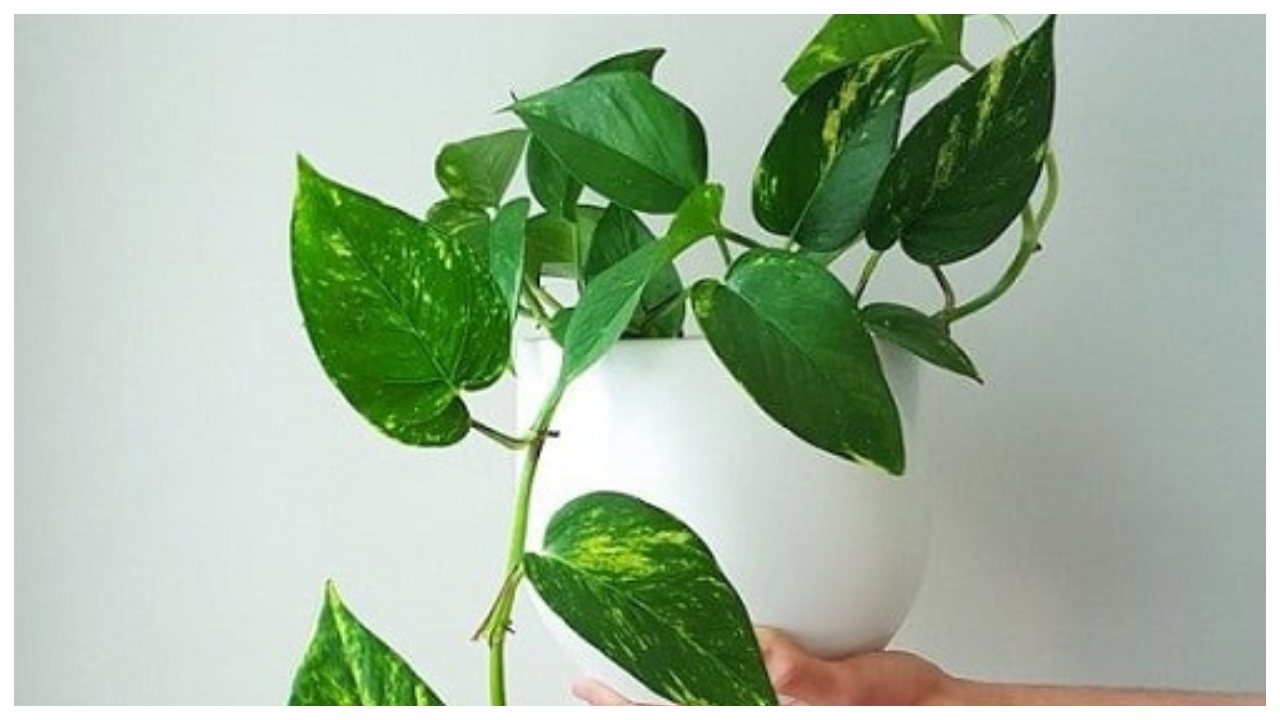Home Remedies Monsoon brings much-needed rain and freshness to the environment, but it also brings trouble for plant lovers. Excess moisture, humidity, and lack of sunlight create a perfect environment for fungal infections in plants. If you see yellow leaves, white powder, black spots, or mold on your plants, it’s time to take action. Fortunately, you don’t need expensive chemicals. Here are 7 easy and natural home remedies to protect your plants from fungus during the rainy season.
1. Neem Oil Spray
Contents
7 Home Remedies to Save Your Plants from Fungus During the Monsoon Why it works: Neem oil is a powerful natural antifungal. It kills fungus spores and also keeps insects away.
How to use:
- Mix 2 teaspoons of neem oil with 1 liter of water.
- Add a few drops of liquid soap to help the mixture stick to leaves.
- Shake well and spray it on the infected plant once every week.
Tip: Use early morning or evening, not in direct sunlight.
2. Baking Soda Solution
Why it works: Baking soda changes the pH level of leaves, making it hard for fungus to grow.
How to use:
- Mix 1 teaspoon of baking soda with 1 liter of water.
- Add 1 teaspoon of vegetable oil and a few drops of dish soap.
- Spray this on the leaves every 5-7 days.
Tip: Test on a small part of the plant first to ensure it doesn’t burn the leaves.
3. Cinnamon Powder
Why it works: Cinnamon has strong antifungal properties and also smells great.
How to use:
- Sprinkle ground cinnamon directly on the soil surface around the plant base.
- You can also mix cinnamon powder with water to make a spray.
Tip: Apply after rain or watering to keep it effective.
4. Garlic Spray
Why it works: Garlic contains allicin, a natural antifungal and antibacterial compound.
How to use:
- Crush 4-5 garlic cloves and mix with 1 liter of water.
- Let it sit overnight and then strain the mixture.
- Spray on affected plants once or twice a week.
Tip: Don’t overuse as it may create a strong smell around your plants.
5. Apple Cider Vinegar Spray
Why it works: Vinegar helps kill mold and mildew on plant leaves.
How to use:
- Mix 1 tablespoon of apple cider vinegar in 1 liter of water.
- Spray gently on the affected leaves.
Tip: Don’t use more vinegar than needed, or it might harm the plant.
6. Milk Spray
Why it works: Milk contains natural enzymes and proteins that help fight powdery mildew.
How to use:
- Mix 1 part raw milk with 2 parts water.
- Spray on both sides of the leaves once a week.
Tip: Use fresh milk; don’t use flavored or processed milk.
7. Good Airflow and Drainage
Why it works: Fungus loves moist, closed, and damp places. Fresh air and dry soil reduce the risk of fungal infections.
How to do it:
- Don’t overcrowd plants. Keep a small space between pots.
- Remove dead or infected leaves immediately.
- Use pots with proper drainage holes.
- Avoid overwatering. Water only when the topsoil feels dry.
Tip: Keep your garden clean and avoid water standing near plants.
Overview Table
| Home Remedy | Key Ingredient | Frequency | Special Tip |
| Neem Oil Spray | Neem Oil | Weekly | Use in the morning or evening |
| Baking Soda Solution | Baking Soda | Every 5-7 days | Test before full use |
| Cinnamon Powder | Ground Cinnamon | After rain | Sprinkle on soil |
| Garlic Spray | Garlic + Water | Weekly | Avoid strong smell buildup |
| Apple Cider Vinegar | Apple Cider Vinegar | Weekly | Don’t overuse vinegar |
| Milk Spray | Raw Milk | Weekly | Use only unprocessed milk |
| Airflow & Drainage | Space & Cleanliness | Always | Don’t overwater |
Final Thoughts
Taking care of plants during the monsoon doesn’t have to be hard or expensive. These simple home remedies are easy to prepare and very effective in keeping fungal problems away. Remember, prevention is better than cure. Keep your plants clean, dry, and well-aired. Try one or a combination of these remedies to see what works best for your green buddies.







